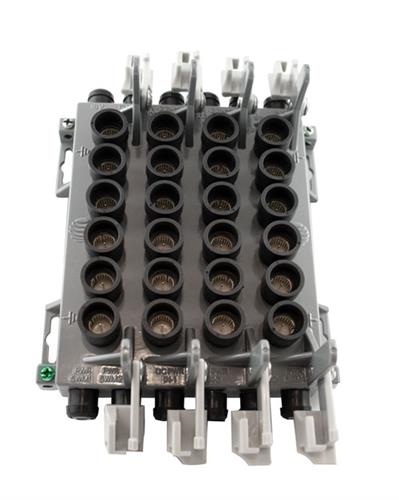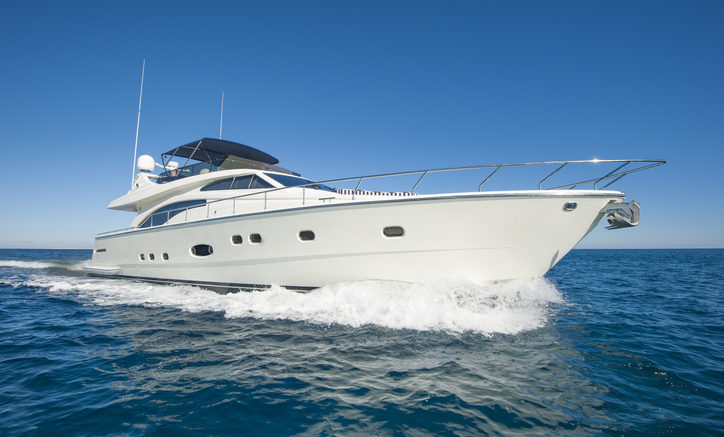If you take your yacht to ports outside the US, and if you like satellite TV, you’re probably aware of one very inconvenient fact. Satellite TV is different in every country. You’ll not only need a separate account and different receivers, but you’ll probably need separate wiring systems. This is even true if you’re trying to use services like DISH Mexico or Sky Mexico, which are owned by DISH and DIRECTV respectively. It’s even true if you’re trying to get DIRECTV Puerto Rico, which uses the same satellite that DIRECTV US used for many years.
Why this happens
The core issue is that both DIRECTV and DISH use wiring systems that aren’t used anywhere else in the world. DISH’s system is a bit more compatible, but DIRECTV’s systems aren’t even compatible with other DIRECTV systems from other countries. Once you get outside the US, Mexico, and central America, you’ll find a lot more consistency. But of course if you’re sailing from the US it will take a while before you get there.
But of course, you know this. You’re used to switching things out when you get past the 50-75 mile range of DIRECTV and DISH satellite television. The question is, how can you make it easy?
The push-on connector
You might be tempted to use something like the push-on-adapter you see above you. This will take a standard F connector and change it so you can connect it with a simple push. It’s been around for years and some folks have used it with success. It can make satellite wiring changes easier and faster, especially in tight spaces.
Except, I’m telling you not to use push-on connectors with satellite TV.
The specifics of the problem
Satellite TV traveling over cables uses frequencies from 950 to 2150MHz. (To be fair, DIRECTV also uses the 450-700MHz range, other providers don’t. That’s not the point.) Those adapters are designed only to work up to about 1,000MHz. After that, they may work or they may not. More often than not, they don’t work very well.
The very point of a push-on connector is to make it easier to connect. This is done by using an outer connection point with slots on the side. This doesn’t provide the level of shielding required for satellite cables. So, there can be interference and noise that enters the line through these connection points.
Adding push-on connectors increases noise, decreases shielding, and can cause signal problems. Let’s face facts. You don’t want any of those things to happen while you’re at sea. They’re hard enough to deal with on land, but if you’re 150 miles off shore, you can’t exactly get a replacement part sent to you over Fedex.
A word about devices like this

When I give this advice, people like to point out this SWM Expander or other parts like it. They’re designed to make installations easier. They’re DIRECTV-approved and guess what? They use push-on connectors. Is this just a case of “do as I say not as I do?” It isn’t.
It’s possible to engineer push-on connectors that will work with satellite TV. It takes adding a ring of outer shielding and engineering the signal path to work with higher frequencies. It can be done. The thing is, though, that those push-on adapters aren’t doing that. They’re not designed for satellite. And, to make matters worse, there isn’t any company making push-on adapters for satellite TV. Apparently the market is too small for manufacturers to commit to all the work it will take.
Find out more about your options
There’s only one company in the world who can help you with the kind of problems that marine satellite TV customers face. Call the experts at Signal Connect at 888-233-7563 to get the tech support you need for your marine satellite TV system! If it’s after East Coast business hours, fill out the form below and we’ll get back to you, usually within one business day!



